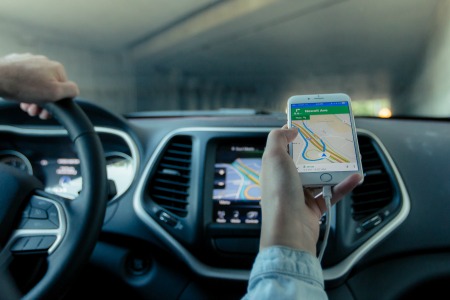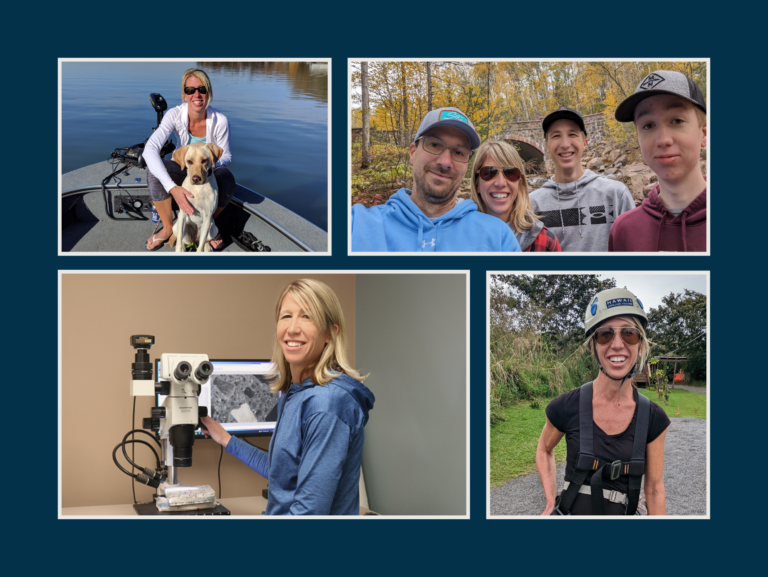Did you know the use of seat belts in automobiles did not become serious until the mid to late 1950’s? Even then, seat belts were considered optional equipment in vehicles. It wasn’t until James Dean died in a crash in the California desert that the discussion around seat belts became serious. As a result, a majority of us automatically click our seat belts into place when we jump into the seat of a vehicle and it is the law in most states.
That was then. Now we face a new problem; cellphones.

When we get into the driver’s seat today, many of us have become accustomed to pulling out our cellphones for use. This is the worst thing we could do. Cell phones have quickly become one of the top driving distractions with texting, calls, and even listening to music. Five seconds is the average time your eyes are off the road while texting. When traveling at 55mph, that’s enough time to cover the length of a football field blindfolded. Click below to view the video. http://www.nsc.org/learn/NSC-Initiatives/Pages/distracted-driving.aspx
Our policy states hands-free is better to use, however, recent studies have found that using hands-free devices is still distracted driving. It’s convenient to use, but still not safe. Pull over if you need to use the phone as you might have to take notes.
On the US Government’s Website for Distracted Driving this is defined as “any activity that could divert a person’s attention away from the primary task of driving.” All distractions endanger the driver, passenger, and bystander safety.
Some of the most common distractions include:
- Texting (most distracting because texting requires, visual, manual and cognitive attention)
- Using a cell phone or smartphone
- Eating and drinking
- Grooming
- Reading, including maps
- Using a navigation system
- Adjusting the radio/music…the list goes on
When traveling around to jobsites, be aware of your surroundings. Neighborhoods, for example, have school kids at home enjoying the summer months and could easily step out in front of your vehicle. If you need to use the phone, pull over and take your call.
– Joe Tongson, Health and Safety Director
For more information on our commitment to workplace safety please visit our website. For further information on National Safety Month and what you can do to promote safety in your home and workplace, visit the National Safety Council website.


